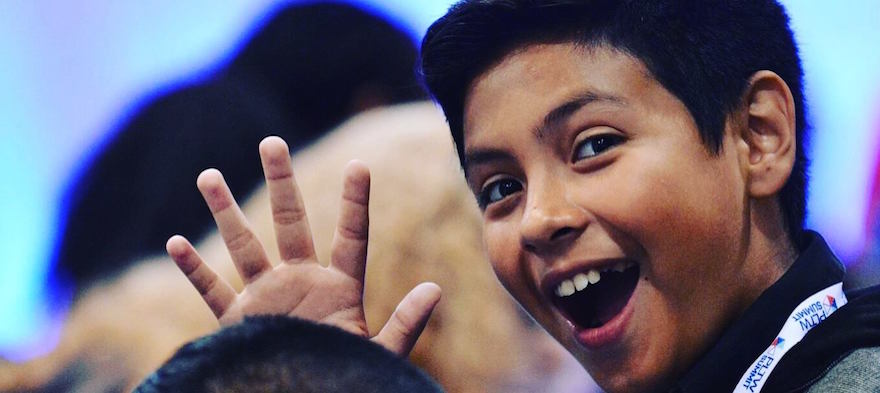
Jeffrey Crapper is a biology and health science Career and Technical Education (CTE) teacher at Health & Science High School (HS2) in Beaverton, Oregon. Jeffrey is a National Board Certified Teacher-Early Adolescent Science and earned the honor of 2016 Oregon High School Science Teacher of the Year. He is a PLTW Master Teacher for Biomedical Innovations. Project Lead The Way (PLTW) is a nonprofit organization that provides a transformative learning experience for K-12 students and teachers across the U.S. PLTW empowers students to develop in-demand, transportable knowledge and skills through pathways in computer science, engineering and biomedical science. PLTW’s teacher training and resources support teachers as they engage their students in real-world learning. 11,500 elementary, middle and high schools in all 50 states and D.C. offer PLTW programs. For more information on Project Lead The Way, visit pltw.org.
The fight for educational equity has never been just about schools. The real North Star for this work is providing opportunities for each child to thrive into adulthood. This means that our advocacy...
Your donation will support the work we do at brightbeam to shine a light on the voices who challenge decision makers to provide the learning opportunities all children need to thrive.
Ed Post is the flagship website platform of brightbeam, a 501(c3) network of education activists and influencers demanding a better education and a brighter future for every child.
© 2020–2024 brightbeam. All rights reserved.